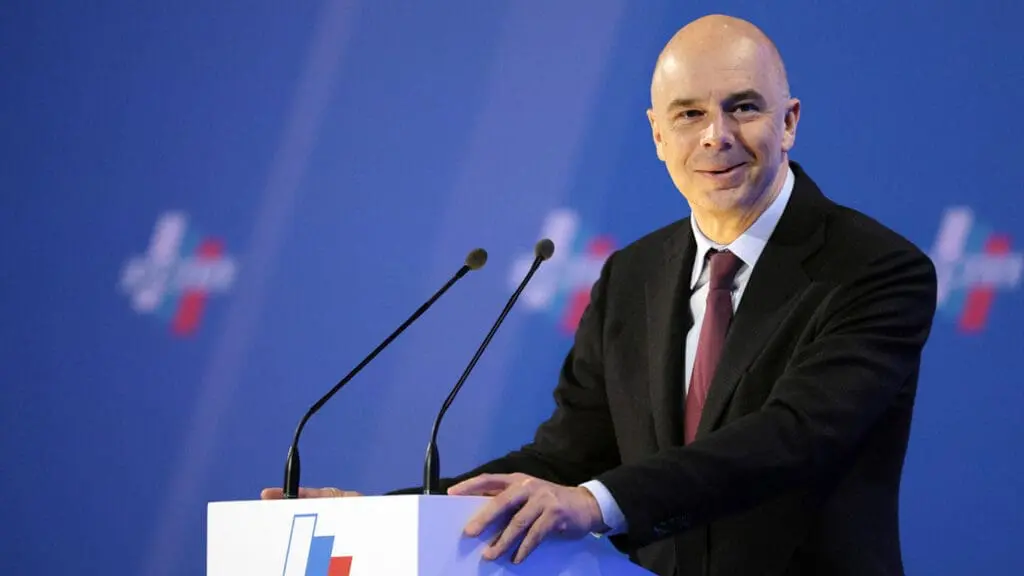In the following three months, the Ministry of Finance intends to issue bonds totaling an average of 100 billion rubles per week: within the 13 scheduled auctions, it expects to attract 1.3 trillion rubles, according to the second quarter borrowing plan. In total, throughout the whole year, the ministry is required to attract 4.8 trillion rubles to repay old bond issues and cover the budget deficit. The Ministry has already acknowledged that by the end of the year, this deficit could exceed the planned amount of 1.2 trillion rubles..
In the first quarter, the Ministry of Finance had planned to borrow 1 trillion rubles, but – in a rare case – they exceeded the plan and managed to issue state bonds (OFB) totaling 1.4 trillion rubles. This success was contributed by the euphoria that swept the Russian market after news broke of a phone call between Vladimir Putin and Donald Trump, fueling hopes for an end to the war. Demand for Russian assets increased, even foreign investors tried to acquire them..
The Ministry of Finance took advantage of the situation and in February, issued bonds totaling 672 billion rubles – all with fixed interest, not variable as banks prefer. For this type of bonds, it was an absolute record, 25% higher than the previous record set in March 2021 (538 billion rubles), as highlighted by the Central Bank. For five consecutive auctions – from mid-February to mid-March – the Ministry attracted an average of 200 billion rubles per week.
However, without significant progress in negotiations, the market euphoria subsided. In the last two auctions, the Ministry of Finance sold state bonds worth only 89 and 29 billion rubles, slightly above the usual levels from January (121 billion). Last year, the ministry only managed to meet its plan in the first quarter, and to achieve annual targets, it was forced to give in to pressure from banks and issue variable interest rate bonds (floaters).
Details HERE.

